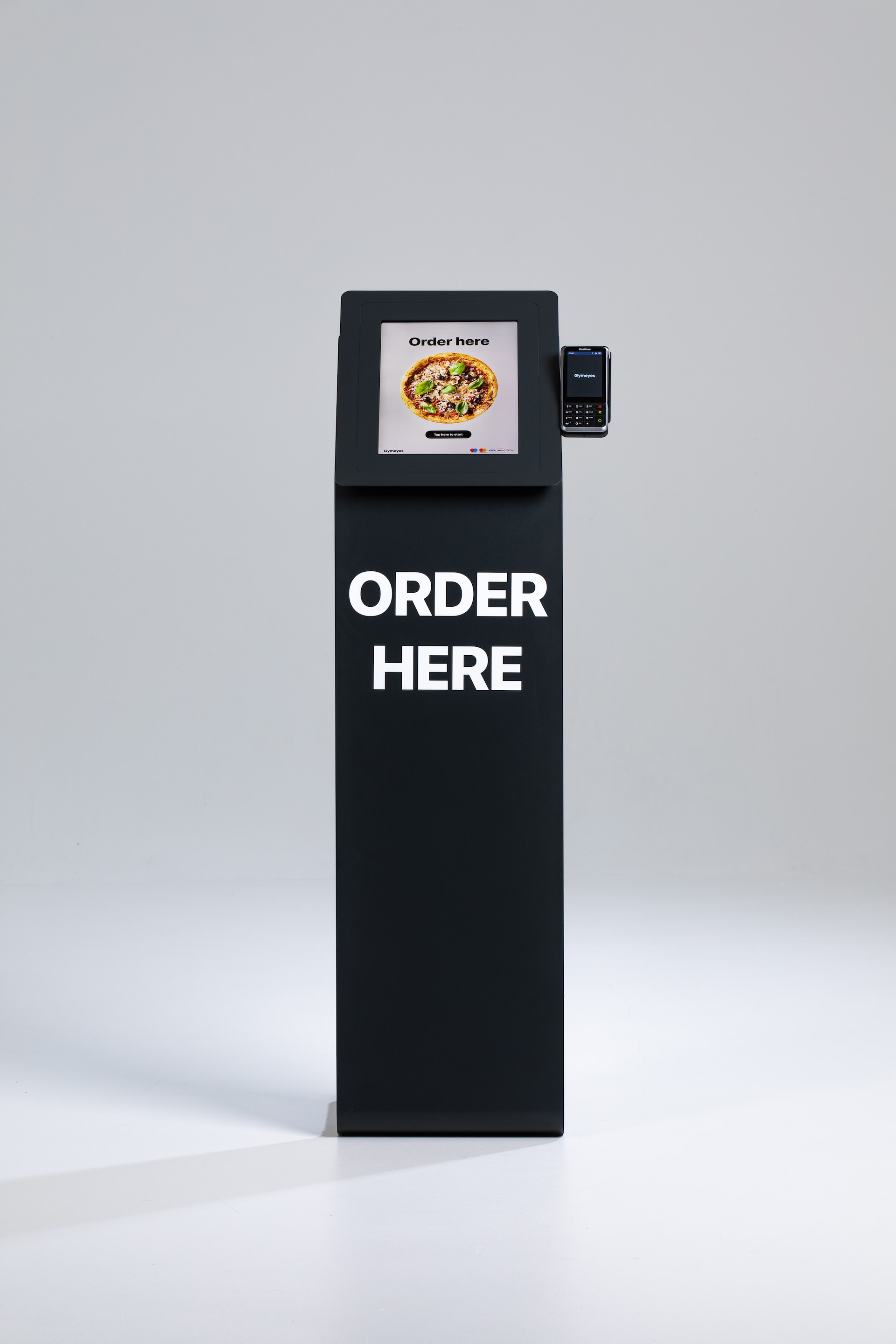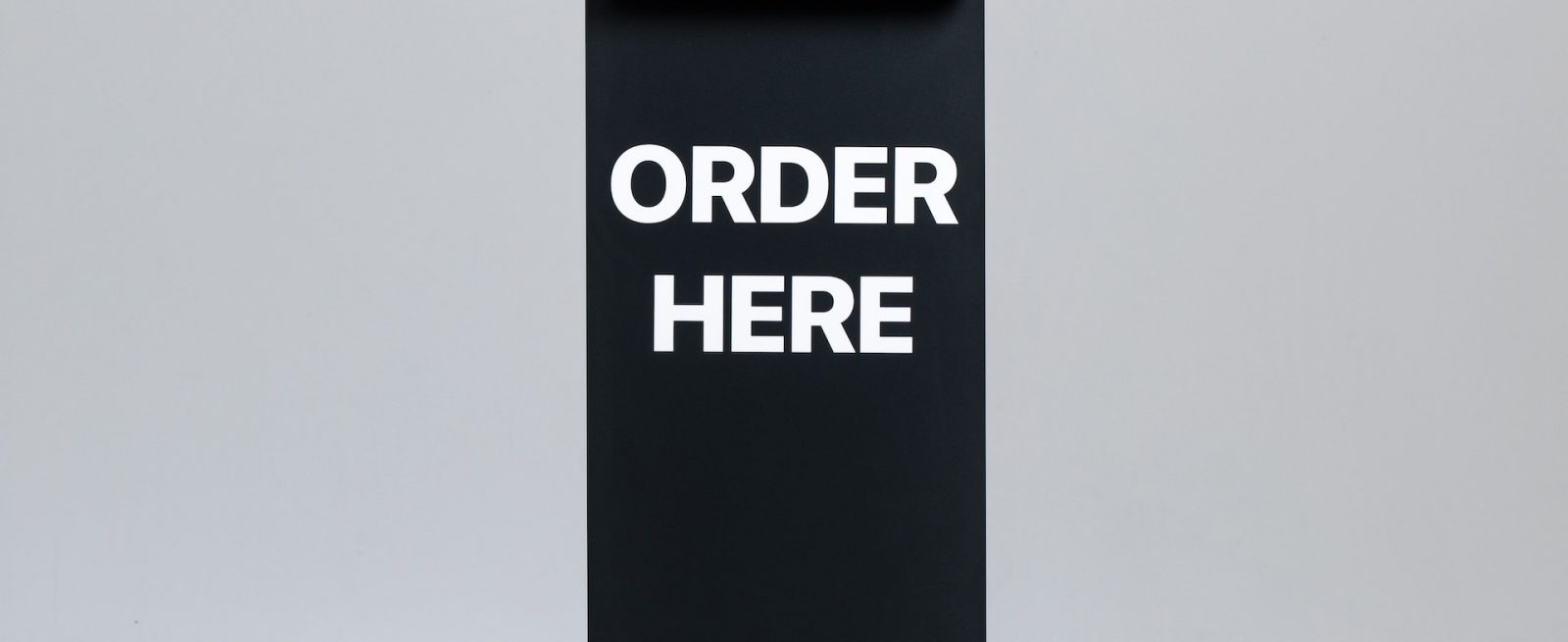Data Overload – Don’t Let Self-Ordering Kiosks Become a Chokepoint
4 Min Read By Ozan Unlu
Restaurant customers love self-ordering kiosks because they mirror the fast and simple convenience of ordering food online, but with the ambiance of a physical store. This approach can deliver increased order accuracy, lower staff costs and provide the restaurant with a frictionless Point-of-Sale (PoS) option. Research shows that customers of all ages are growing more receptive to kiosks in restaurants, with the majority of consumers indicating they would visit a restaurant more often if it offered such systems. In fact, those restaurants who’ve gone all in with this concept have seen tremendous success. For example, McDonald’s restaurants that introduced kiosks experienced an average five to six percent lift in sales in the first year after implementation; while Chili’s saw a whopping 20 percent increase in dessert sales after adding these self-service options to its tables.
However, as kiosks grow increasingly integral to the in-store experience, downtime and performance issues become almost inevitable. This often occurs during peak sales times when these systems come under especially heavy load, leading to inconvenienced customers, lost sales and reduced return on investment (ROI) from adopting kiosks in the first place.
As kiosks grow increasingly integral to the in-store experience, downtime and performance issues become almost inevitable.
Because of this, restaurants must have strategies in place to proactively monitor and maintain self-ordering kiosks' availability and performance. This sentiment also applies to traditional web-connected cash registers, as performance snafus and unplanned downtime can impact them as well. Such proactive performance monitoring is critical, because there’s usually no one to alert the restaurant when there’s a problem – customers simply grumble and move on to the next available kiosk or out the door.
Similar to other industries, observability is one strategy for restaurants to receive more proactive alerts when something is wrong. Observability refers to the ability to infer the health of an app or system based on the external data it generates. However, like other industries, restaurants are facing several challenges when it comes to implementing observability, namely that kiosks are generating so much data. Today, stores are logging everything that takes place on the kiosk, down to individual keystrokes. In fact, it’s not uncommon for a restaurant chain’s self-ordering kiosks to generate terabytes (TBs) worth of data per store, per day.
What makes this challenge even more perplexing is the fact that most log data is stored on premises via in-store hardware. The data stays at “the edge” (or in store) because the cost of shipping this data to a central monitoring platform typically falls on the franchise owner – and it can quickly add up. Moreover, ingesting all of this data into a centralized monitoring platform might be cost-prohibitive for the chain as a whole.

Today, when a kiosk performance issue occurs, such as unplanned downtime, someone working in the individual store either calls the chain’s main IT department or submits a ticket. From there, the observability team within the IT department accesses the particular store’s storage target and manually searches the data to determine the root cause of the issue. As you would expect, all of this can result in significant delays between the time an issue occurs, to the time it is identified, to the time the IT team is notified and able to fix it. This is clearly not a good approach.
We have seen that when the server is a screen, customers actually seem to spend more money – due in large part to the quick, easy user experience coupled with kiosks’ unique ability to upsell.
Given that data growth is showing no signs of slowing down, there needs to be a more efficient approach to observability. The answer lies in processing and analyzing data as it’s being created, at each individual store. By implementing data analytics and machine learning at the edge, teams are able to actually detect production issues as they occur without building granular monitors in advance. For example, you are able to create baselines of what is “normal” and automatically alert on anomalies, such as an abnormal spike in error or fail logs.
In this way, individual stores can detect issues as they occur, without relying on humans (including customers) to identify that there’s an issue; or submitting tickets and making calls. A chain’s main IT department can be automatically alerted, and they can then proactively access an individual store’s local storage on their own for deeper investigation.
Even if a chain wishes to centralize all their stores’ data, the data can be dramatically streamlined (i.e., only the data tied to anomalous events and production issues kept) in order to reduce the noise and cost associated with trying to store everything. The end result is dramatically reduced downtime which helps the restaurant meet its revenue targets.
Many restaurants view self-ordering kiosks as a godsend, for their ability to eliminate inefficiencies and long lines; boost revenue; and put power back into customers’ hands. We have seen that when the server is a screen, customers actually seem to spend more money – due in large part to the quick, easy user experience coupled with kiosks’ unique ability to upsell. The last thing a restaurant wants is for poor performance to yield the opposite results – frustrated customers who require help from staff. That is why observability data can be vital in proactively ensuring high performance and staving off unplanned downtime, and as kiosk adoption continues to grow new observability approaches will be required to grow along with it.

